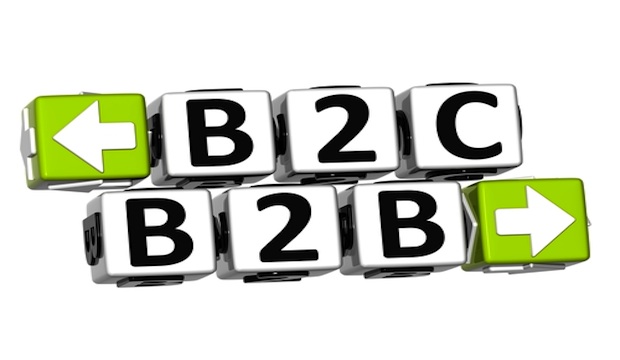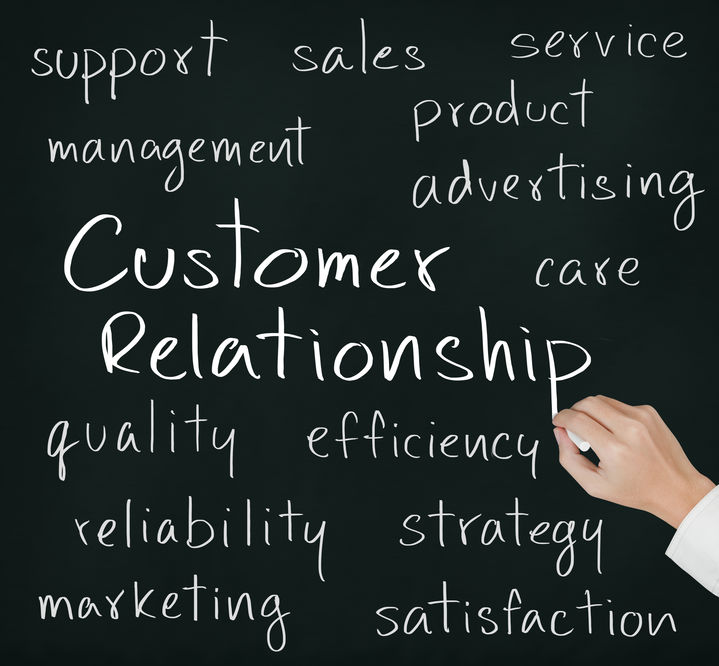
Communication is key – do you know what I mean?
October 4, 2016
E.G. Insight Announces New Alliances
April 10, 2018B2C Influences on B2B Customer Expectations

We’re pleased to introduce our first guest blogger, Shannon Gronemeyer of Customer Centered Strategies.
CCS is one of E.G. Insight’s alliance partners, and is a natural fit with our business due to the firm’s sharp focus on using customer insight to drive tangible changes that improve the overall customer experience and bottom line business results.
For more information on CCS visit their web site at ccsdelivered.com. Thanks to Shannon for letting us share his perspectives with you.
There are noticeable differences in the way B2C and B2B companies engage, interact with, and serve their respective customer bases. Traditionally, this was based on the significant differences in expectations from those customer groups. However, research indicates that this expectation gap is closing at an alarming rate.
And this shouldn’t be surprising. At the end of the day, the B2B buyer is a consumer too. As such, they have become accustomed to dealing with B2C brands that provide intuitive, interconnected, accessible, real time, personalized experiences. It would be unreasonable to think these same consumers readily change hats when entering their B2B buyer roles, and not expect to interact with their vendors in the same way.
The Evolution of Customer Expectations
Recently, a client of ours shared a quote from one of their largest customers that perfectly describes the convergence of B2C expectations on the B2B world:
“Shouldn’t I expect the same level of service when I spend $50M with you, as I do when I buy a $50 pair of shoes?”
The truth is, the propagation of digital capabilities in our everyday lives has established entirely new standards for the way we do business. Expectations are increasing for:
- Ease of engagement
- Access to information
- Response time
- Seamless experiences
- Knowledge of interaction history
- Capture of profile details (even needs, wants, preferences)
Thanks to disrupters like Google, Amazon, Uber, Netflix, and apps for daily banking and grocery ordering, we see plenty of examples of ways customer expectations are evolving. In studies conducted by Salesforce and McKinsey, the importance of modern customer experience technology capabilities on customer expectations is glaringly evident:
- 70% of consumers say technology has enabled them to easily take their business elsewhere for an experience that matches their expectations.
- 75% of consumers expect a consistent experience regardless of their chosen communication platform (mobile, in-person or social)
These studies further demonstrate how these changing B2C expectations are impacting the B2B environment at an accelerated rate.
- While 64% of B2C consumers expect companies to interact with them without delay, 80% of B2B customers expect companies to interact with them in real time
- And while 72% of B2C consumers expect companies to understand their unique needs and expectations, that number is 89% for B2B customers
But before investing heavily in next generation CX capabilities to create an “Amazon-like experience,” it is critical to understand what your specific customers value. In other words, what improvements will result in them buying more, buying more often, staying longer, and referring others.
It’s Critical to Understand and Prioritize Customers’ Needs
This is another reason Voice of Customer (VoC) is so important. Unless you properly understand your specific customers’ requirements and the significant cost, time, and potential disruption associated with major technology enhancements, you may not even deliver the change in customer experience or buying behavior you expected. You should start by validating what your customers need, value, and are willing to pay for as they interact with your specific product or services.
In addition to selecting the right customer experience capabilities, prioritization is also critical. Your customer base may not be interested in certain B2C type engagement models, or they may not be ready for them based on a variety of factors like their own internal limitations, complexity or employee demographic.
This blog entry originally posted at: B2C Influence on Customer Expectations




